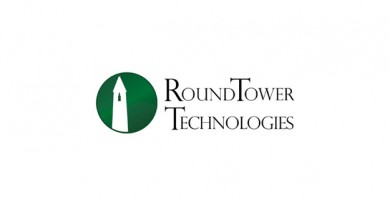Implementing Sustainable Data Center Practices
Environmental stewardship, innovation and leadership are becoming increasingly important as we take steps to create a sustainable environment for future generations. This is particularly important when it comes to construction of new data centers or major renovations of older ones.
The Leadership in Energy & Environmental Design (LEED) certification process offers a useful framework for organizing green strategies. To earn LEED certification, buildings must exhibit environmental responsibility in seven areas:
- Sustainable sites
- Water efficiency
- Energy and atmosphere
- Materials and resources
- Indoor environmental quality
- Innovation and design
- Regional credits
Limiting physical sprawl is one of the most important goals of sustainable site development. Companies can reduce the amount of space their data centers occupy by deploying compact infrastructure resources. For example, many late-model uninterruptible power system (UPS) products feature footprints as much as 50 to 60 percent smaller than previous-generation models. Similarly, companies that operate their data center at 400V can eliminate transformer based Power Distribution Unit (PDU) cabinets, reducing their power distribution footprint by 50 to 60 percent. Within the mechanical operations, using commercially packaged air handling units and In Row cooling (where needed) can eliminate traditional Computer Room Air Conditioners (CRACs) which take up significant space within many data halls.
Organizations can further promote sustainable site development in their new and existing data centers by embracing practices like the following:
- Locating new facilities in existing industrial online casino zones instead of on undeveloped land
- Installing electric vehicle charging stations in the parking lot
- Minimizing pollution during construction by controlling soil erosion, waterway sedimentation and airborne dust generation.
- Providing easy access to public transportation, bicycle racks and changing rooms
- Limiting parking capacity to the minimum mandated under local zoning regulations
- Reducing light pollution by automatically shutting off interior lights during late-night hours and providing external lights only as required for safety and comfort
There are many sound reasons for wanting a greener data center, realizing that goal cost effectively is easier said than done. Just the same, most organizations can benefit from at least some green strategies without compromising corporate growth or IT reliability.
Some sustainability strategies, such as using recycled water, are still experimental, require heavy upfront investments or come with significant potential drawbacks. Most, however, are proven, cost-effective and relatively simple.
Data Center Talk updates its resources everyday. Visit us to know of the latest technology and standards from the data center world.
Please leave your views and comments on DCT Forum

